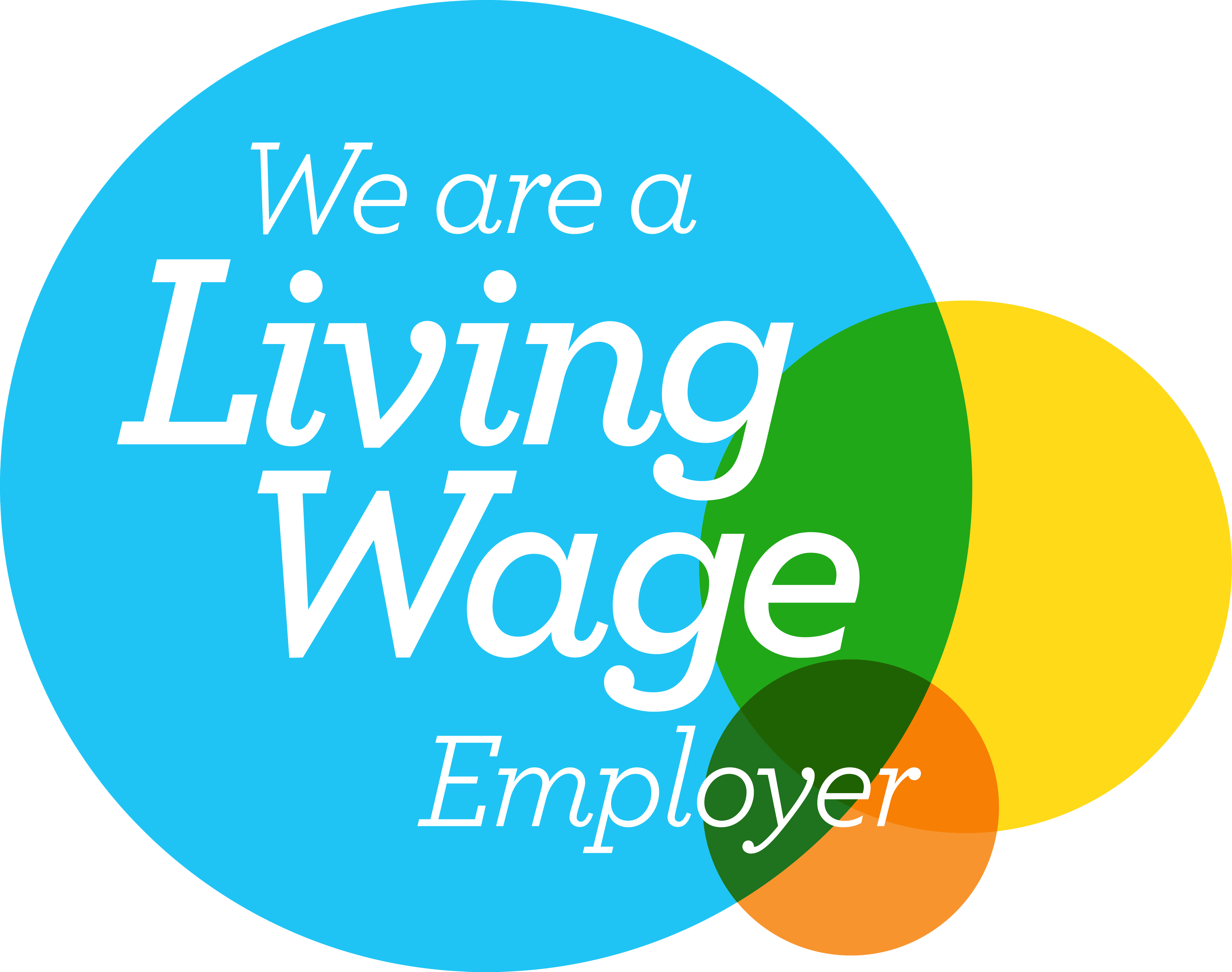
At Endometriosis UK, we’re passionate about menstrual wellbeing, which is why we’re currently running a petition and campaign to get people talking about menstrual health, and to encourage the government to add menstrual wellbeing to the curriculum. Whilst the focus of our charity is endometriosis, we understand that many other related menstrual conditions also go undiagnosed for too long, and that many of them overlap with similar symptoms, which is why we believe awareness about all of these conditions is essential.
Laura Murphy is Co-founder and Director of Vicious Cycle, a grassroots project which aims to educate and raise awareness amongst the public and healthcare professionals, about Pre-Menstrual Dysphoric Disorder and extreme PMS. We talk to Laura about PMDD, the symptoms, treatments and diagnosis, as well as how educating earlier, could help change the future of people living with this condition.
Whereas PMS is a relatively known term, PMDD is much less talked about. Can you explain to us the differences between PMS and PMDD?
The big difference is severity. According to the IAPMD: “PMS does not interfere with a woman's quality of life, interpersonal relationships, or ability to attend work or school. PMS symptoms are more easily managed and do not require prescription medication including antidepressants. PMS is also not classified as a mental illness in the Diagnostic and Statistical Manual of Mental Disorders, 5th Edition (DSM-5)”
To help you understand, think of PMS as a mild headache that lasts a couple of days. It is a nuisance but you can pop some paracetamol and kind of still get on with things, whereas in comparison PMDD would be a crippling migraine that put you in bed for a week. 15% of those with PMDD attempt suicide, make multiple attempts, or take their life. It gets very dark – and it’s something you cannot think your way out of. It’s crushing.
Take any PMS symptom and times it to the point where it is uncontrollable – depression, anxiety, panic attacks, binge eating, cognitive impairment, extreme exhaustion, fatigue, hypersomnia/insomnia – sometimes even mania.
PMDD is a relatively unknown condition amongst both the public and even in some cases, amongst medical professionals, why is awareness about this condition so low?
PMDD straddles two areas which have historically carried stigma – mental health and menstruation…a double whammy! There is no doubt that this has held women back in looking for help and support.
As PMDD cannot be picked up by blood tests and often the severity of symptoms are doubted, diagnosis rates are low. Training is severely lacking for health professionals in this area and this is something we are going to be pushing to improve as part of the Vicious Cycle: Making PMDD Visible project.
What is the cause of PMDD and how is it diagnosed?
According to the IAPMD: “In 2016, researchers at the National Institutes of Health (NIH) found that women with PMDD are more sensitive to the effects of sex hormones oestrogen and progesterone, due to a molecular mechanism in their genes. Researchers compared white blood cells in women with PMDD and those without, which confirmed that it impacts a woman’s cellular response to sex hormones.”
Basically your hormones are normal (it is not an imbalance) but your body’s reaction to those fluctuations is abnormal. The fluctuations are the same as someone who does not have PMDD, but you have a sensitivity to those changes as they rise and fall.
Some people suffer from it from puberty – for others it is triggered along the path of their reproductive life, so all hormonal interruptions such as hormonal birth control, having children, miscarriages, gyneacological procedures, perimenopause etc. can all trigger PMDD.
Diagnosis is made by tracking your cycles (paper copy or www.mevpmdd.com is an app specifically for PMDD). There is currently no blood or saliva test to confirm PMDD yet blood tests should be done to rule out other conditions.
Getting a diagnosis can be a struggle as many doctors haven’t heard of PMDD. I was told many times “It is just PMS. Every woman suffers from it so you just have to learn to live with it” – trust your gut. If you know it is far worse than PMS, then stand firm. Track your symptoms to show the pattern, print off the UK treatment guidelines and advocate for yourself. Take someone with you for moral support if you think it will help. Always know it’s okay to seek another opinion.
What are the treatment options for someone with PMDD?
There is no one size fits all treatment. First line treatments are lifestyle changes, supplements and then SSRIs (continuous or just in the luteal phase) and/or hormonal contraceptives. However many people with PMDD cannot tolerate birth control, so it’s a case of discovering what works for each individual. .
The next step in some cases, is hormone therapy – oestrogen gels or patches in conjunction with a progesterone ‘add back’, such as the mirena coil or vaginal pessaries to protect from hyperplasia.
There are sometimes more severe cases that may require GNRH analogues (to put patients into a temporary menopause), if reacted to well, it may be necessary to proceed with a total hysterectomy and bilateral oophorectomy. Again, this is a final step, where all other treatments haven’t provided relief and the case is very severe.
You can download the UK treatment guidelines produced by the The National Association for Premenstrual Syndrome here. For the latter treatments, it is important to be under a specialist that understands PMDD, you can look for one here over on the IAPMD directory page.
The world’s first PMDD specific medication is currently in clinical trials which is very exciting for future generations.
What was your personal experience of menstrual wellbeing in school and do you feel this had an effect on your diagnosis time?
I don’t remember much really! I went to a Catholic School and I remember them wheeling in the TV and VHS trolley and watching videos on both a woman giving birth and also someone having a termination. That is what I remember about sex education as both were very terrifying to a teenage girl! I don’t believe there was any mention of moods or what to be expected. I didn’t have a clue PMDD existed until the age of 35 – and that was thanks to Dr Google!
How do you think teaching PMDD in school along with menstrual wellbeing could affect the levels of awareness, diagnosis time and even treatment of PMDD?
I think that PMDD just needs to be a very gentle part of the conversation about menstrual wellbeing and needs to be done sensitively. It is a chronic condition that needs to be managed in the long term. That kind of information is a lot for anyone to deal with, let alone a teenager.
It can only improve awareness to have it included in education.More people being diagnosed with PMDD will surely lead to more pressure on the powers that be to fund further research and provide better support and treatment options. Currently we have people having to choose between fertility and sanity as they are having total hysterectomies with bilateral oophorectomies in the hope to get some relief.
What would you personally like to see taught in schools about menstrual wellbeing and PMDD? What are your hopes for future generations?
I would like young women, trans men, and non-binary people, to be empowered to know their own bodies, to trust their judgement when they know something is wrong, and to push for better care if it’s needed.
I think the focus needs to be on what is ‘normal’ – what is a normal amount of blood to lose during menstruation? What is a normal discharge? What are the normal emotions that come with part of a cycle? What is a normal amount of pain? Then young people will know at what point to seek professional help.
I would love young people to understand their cycle – the ebbs and flows, the ovulation discharge, when they are fertile, when in their cycle they will have more energy/be aroused/teary/need to rest.
My hopes for future generations of those with PMDD is that better treatment options will be developed so others don’t have to suffer like we have. I hope they are taught to be properly informed about their bodies and their health
For anyone who may recognise these symptoms in themselves or others, where can they go to get further support?
I would find a support group – pop ‘PMDD support’ in the Facebook search bar and you will find loads of closed groups. If you are in the UK, then check out the UK PMDD support group. It helped me so much.
If you have questions about PMDD, want information, or want to talk to someone that understands then you can schedule free, confidential sessions with the IAPMD (International Association for Premenstrual Disorders). The peer support team is staffed by people who have PMDD, they are trained and totally understand.


